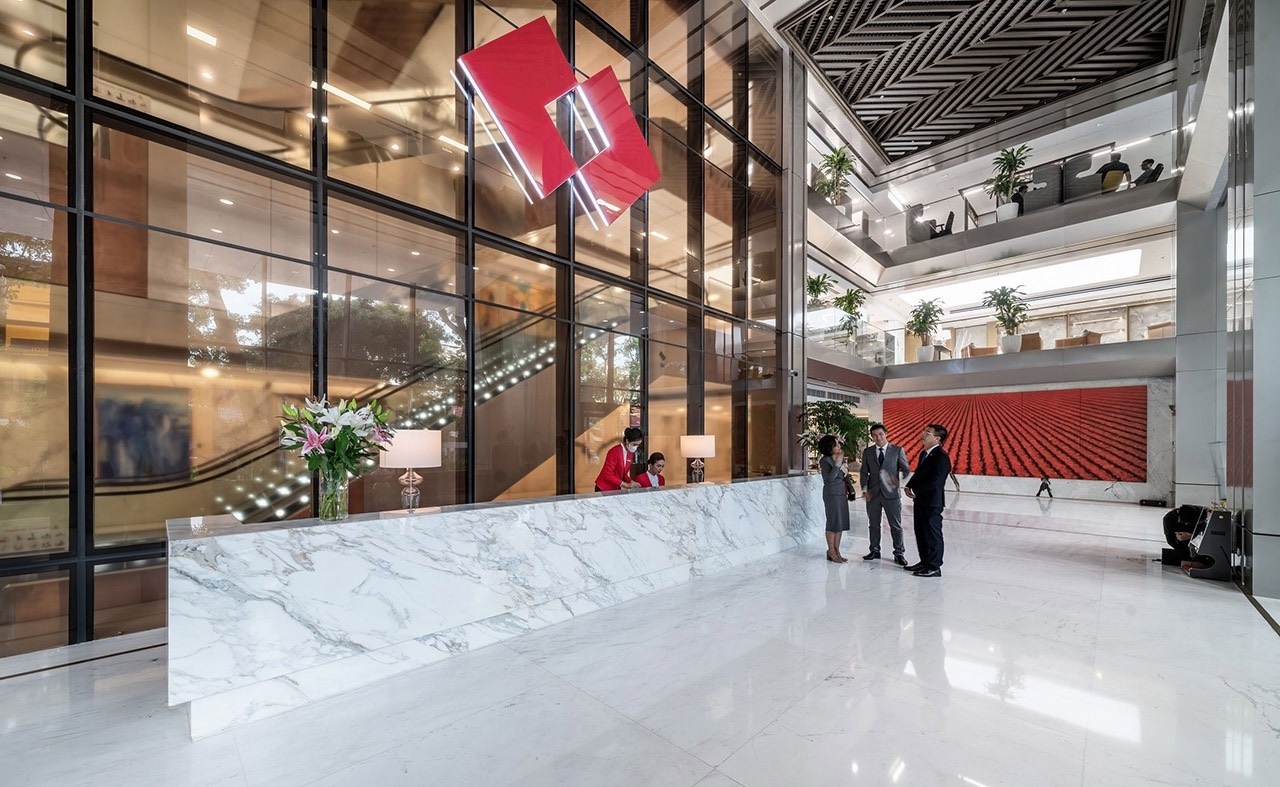New regulations lead to wider market divergence

Illustration Photo
In the first quarter of this year, the leading 10 companies on HSX accounted for 64.25 per cent of the total market share; on HNX, the 10 leading securities companies accounted for 57.7 per cent of the brokerage market share.
We believe that recent policy moves might make this divergence grow.
The first move is the amendment of Circular No210/2012/TT-BTC. Authorities have consulted on the first draft with the market, but have apparently not yet taken the next step. However, once the amendment has been implemented, it will be advantageous to those securities firms that are not bank subsidiaries, such as SSI, HSC, and VND. Those securities firms that are bank subsidiaries are currently restricted from borrowing and raising capital from banks under the provisions of Circular No36/2014/TT-NHNN. When these firms reach their margin lending limit (currently 200 per cent of charter capital under SSC’s Decision No637/2011), they can help customers to arrange borrowings from the parent bank, or partner in securing trilateral cooperation contracts between their parent banks, customers, and themselves. Presumably those securities firms that have parent banks have benefited the most and have been most active in these activities. However, under the amendment to Circular 210, fund mobilisation activities of securities firms would be limited to three major approaches: bank borrowings, private and public securities issuances, and subordinate debt (10-or-more year bonds or 5-or-more year convertible bonds). Any other form of contract will be deemed illegal. Those brokerages that have a large capital base and good financial health would therefore not be restricted in borrowing and would be advantaged by being able to raise capital and issue subordinate debt.
The second move is the government issuance of Decree No42/2015/ND-CP on derivative securities and derivatives markets. To join the derivatives market, securities firms must have charter capital of VND600 billion ($27.7 million) for proprietary trading activity, and VND800 billion ($36.9 million) for brokerage activities. Firms must also meet requirements for profitability, financial safety ratio, and other factors under the guidance of the Ministry of Finance.
Both securities firms and commercial banks can also register as members of the Vietnam Securities Depository. Charter capital and equity requirements for securities firms are VND900 billion ($41.5 million) or more when signing up as a direct clearing member, and VND1.2 trillion ($55.4 million) or more to register as a general clearing member. With these technical requirements, SSC expects to have 15 to 20 securities companies eligible to join the derivatives market in the future; these will also be the largest brokerages in the market.
A number of new products will be launched in 2016, including stock index futures (VN30 and HNX30) and options and bond futures. Of the three major brokerages, HSC is a founding member of ETF VN30 and in the top three in terms of bond brokerage market share. SSI and BVS are co-founding members of ETF HNX30 and are ranked 8th and 3rd in terms of bond brokerage market share respectively. These companies will have significant advantages over the remaining competitors in deploying these derivative products.
Additionally, the demand for derivative instruments mainly comes from institutional investors, so companies with high institutional brokerage market share like HSC, SSI, VCSC, and BVS will certainly have advantages in this area.
Thirdly, the draft circular to replace Circular No74 will allow intraday trading for stocks on the VN30 and HNX30. Securities firms must again meet a number of requirements to be eligible to provide this service, including a minimum charter capital of VND800 billion ($36.9 million), fully-set required provisions, no losses posted in the last two years, and a financial safety ratio that has been continuously greater or equal to 220 per cent in the 12 months preceding the month of submission of the intra-day brokerage registration application. They must also neither be in the process of consolidation, merger, or dissolution, nor under supervision, special supervision, or suspension by the authority. The market is expecting this circular to be issued by the end of 2015. If the regulation comes into effect, there could be 12 securities companies qualified for intraday trading services: VPBS, TCBS, MBS, HCM, ACBS, VND, KLS, AGRISECO, SHS, SBS, and SSI. Offering the service would allow these brokerages to increase trading value, and hence improve brokerage and margin lending revenue compared to other brokerages.
According to government plans, by 2020 the number of brokerages will be reduced to 30 firms. The regulations above, once implemented, will help accelerate this process.
By Chu Le Anh Ngoc - Research Department at VPBank Securities Company
What the stars mean:
★ Poor ★ ★ Promising ★★★ Good ★★★★ Very good ★★★★★ Exceptional
Latest News
More News
- Promoting the widespread adoption of blockchain and AI to one million people (April 25, 2024 | 13:55)
- Current VAT rate may remain for foreseeable future (April 24, 2024 | 11:02)
- VAT overhaul to boost agriculture prospects (April 24, 2024 | 10:53)
- Vietnam should explore tax on gold investments amid auction strategy: expert (April 23, 2024 | 14:47)
- Techcombank targets strategic investor and announces dividend (April 23, 2024 | 14:45)
- HoSE to launch KRX trading system on May 2 (April 23, 2024 | 12:16)
- Refinements necessary for stock market (April 23, 2024 | 11:00)
- Solutions for enhancing provision of the stock market (April 23, 2024 | 10:38)
- MB aiming for 30 million customers by end of year (April 22, 2024 | 17:43)
- MB finalises strategy for acquisition of distressed bank (April 22, 2024 | 16:33)
















 Mobile Version
Mobile Version